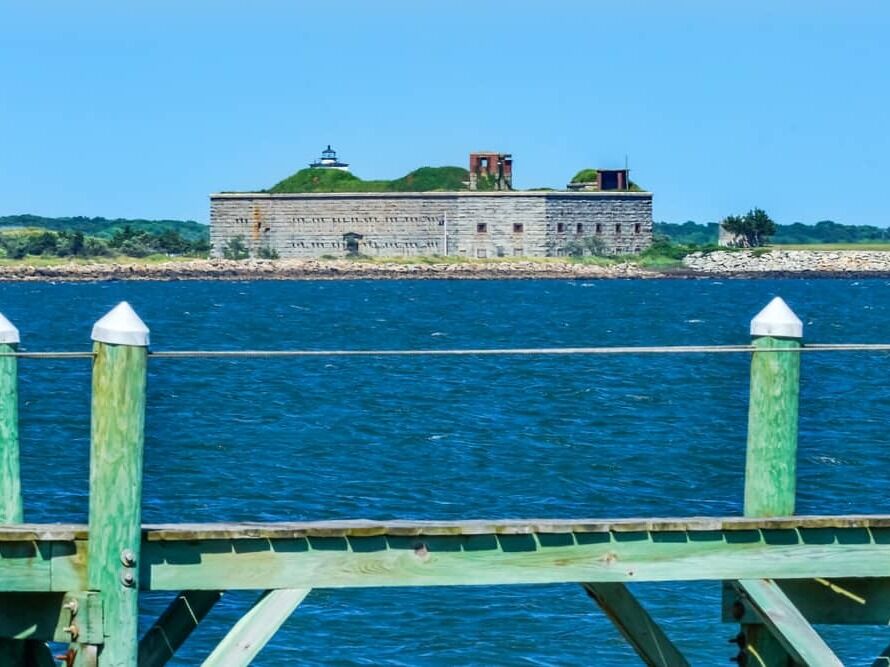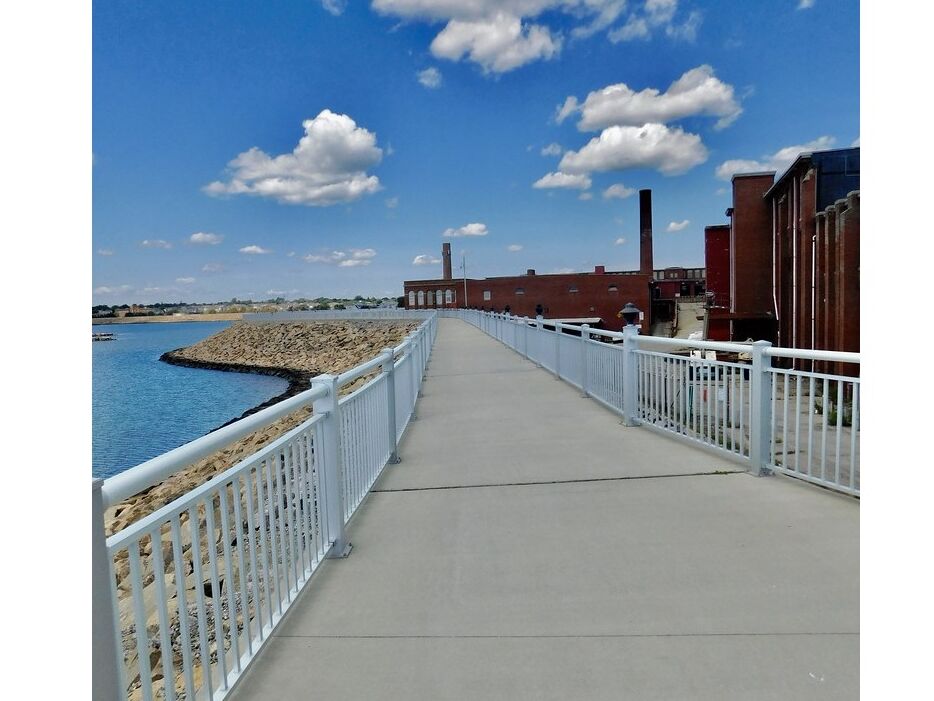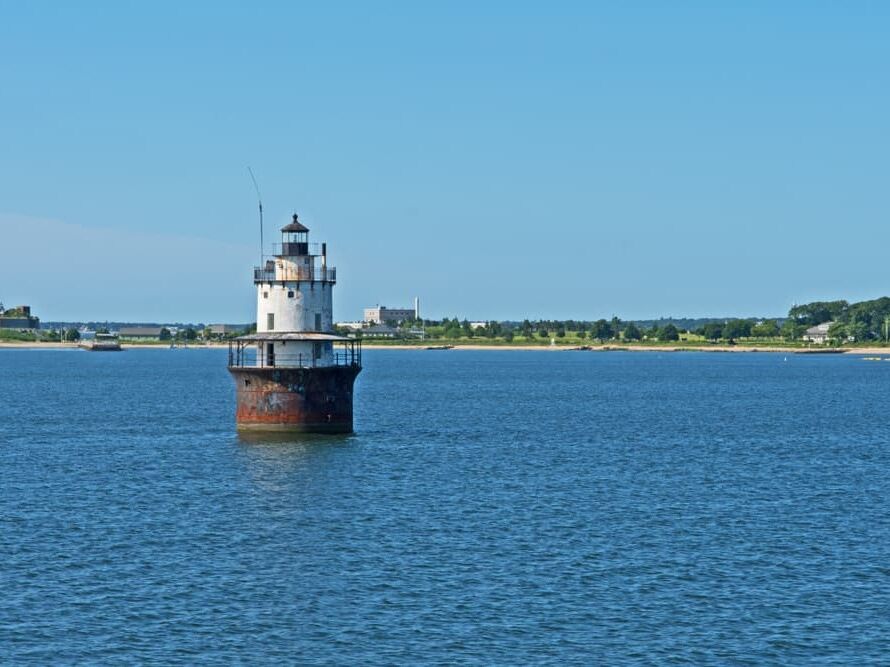
Emanuelle & Robert
Emanuelle & Robert
Things to Do
New Bedford Whaling Museum
To uncover the history of whaling is to understand the socioeconomic past of Southcoast Massachusetts. There’s no better place to learn about both than the New Bedford Whaling Museum, located in New Bedford Whaling National Historical Park. Most visitors plan a trip from nearby Boston or Providence, and spend the day exploring the park and town. Get tips at the visitor center, dine at a local restaurant, and stroll the cobblestoned streets.
To save time at the museum entrance, purchase your ticket online in advance. A free docent-led tour is included with the price of admission.
Buttonwood Park Zoo
This little seven-acre zoo on the west side of New Bedford is widely praised as one of the best small zoos in the country.
The zoo is in the charming confines of Buttonwood Park, landscaped in the 1890s by the respected Olmsted, Olmsted & Eliot firm. The origins of the zoo are from a time when there was a zoo and menagerie.
After closing in the 1990s, the Buttonwood Park Zoo was completely revamped, and today has animals from more than 200 species, across five areas.
These are North America East (river otters, beavers black bears), North America West (bison, cougars, bobcats), Aquatics (shorebirds, harbor seals), Elephants, and a small assortment of domestic animals.
Folks Festival New Bedford
The city’s most famous annual event is a two-day folk extravaganza, celebrated for more than a quarter of a century now.
Held in July, the New Bedford Folk Festival invites beloved and renowned performers in genres like folk, Celtic, blues and Americana, along with contemporary singer-songwriters.
There are more than 75 performances on seven stages, as well as workshops, 80+ craft vendors, a beer garden and a food court.
For an idea of what to expect, a condensed list of recent performers includes Beau Soleil, Patty Larkin, Dar Williams, Susan Werner, Tom Rush and The Stray Birds.
Fort Taber Park
Fort Taber or Fort at Clark's Point was built during the Civil War era. The construction of the fort was supervised by Henry Robert, however the fort was never completed and eventually abandoned. The fort site is now transformed into a state park that features a lighthouse, several batteries and a military tank.
Harbor Walk
In the 1960s New Bedford constructed a hurricane barrier to protect its fishing fleet anchored in the inner harbor. Since 2015 it has been possible to traverse this impressive structure for three quarters of a mile.
The Hurricane Barrier Harbor Walk runs along the east side of the peninsula from East Rodney French Boulevard boat ramp, before heading out across the harbor past Palmer Island.
To the north you can see the Palmer Island Lighthouse (1849), while there’s a ceaseless flow of commercial and private boats passing through.
The Hurricane Barrier Harbor Walk is linked to the Saulnier Memorial Bike Trail, with 3.5 miles of paths in New Bedford including another hurricane defense along the New Bedford Covewalk at the head of Clarks Cove to the west.
Parks Recreation & Beaches new bedford ma
New Bedford is blessed with several public beaches, and by far the largest is East Beach, which curls round towards Fort Taber Park at the south end of the peninsula.
A treat in summer, East Beach is long, wide and sandy, and the abundance of shells makes this a beachcomber’s paradise.
But perhaps the best thing about this spot is the scenery, with a clear view of Butler Flats Light (1898), as well as New Bedford’s many fishing boats and ferries coming and going.
East Beach is patrolled by lifeguards through September 7, and like the rest of the peninsula’s coastline is on the Saulnier Memorial Bike Trail.





